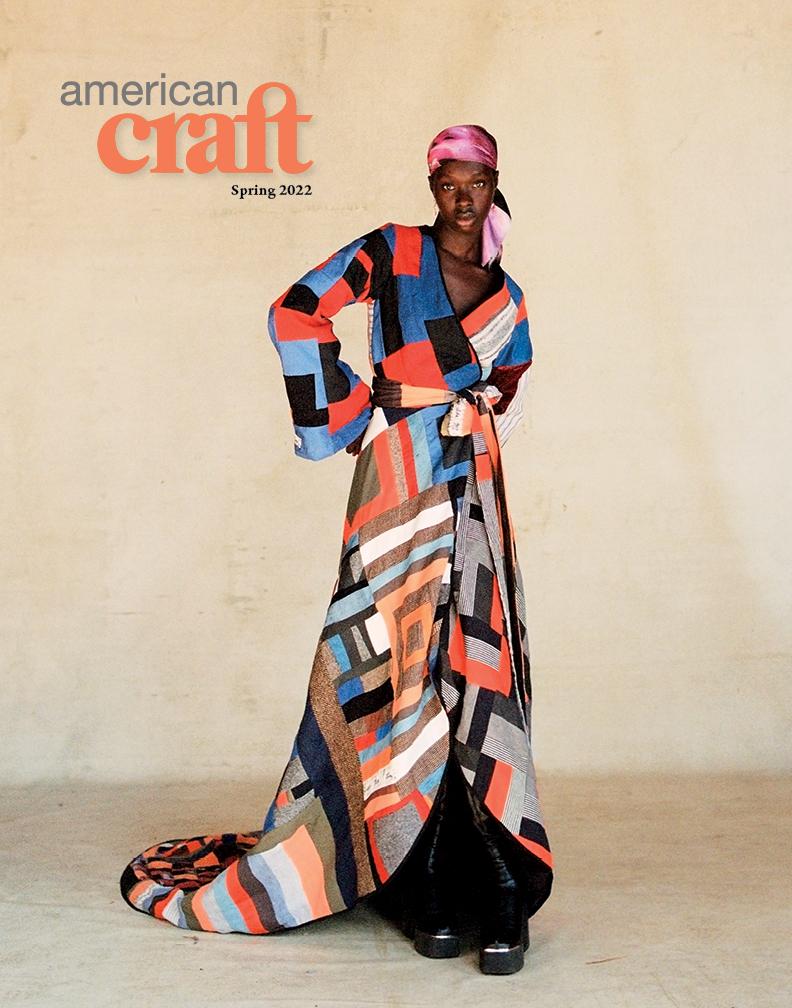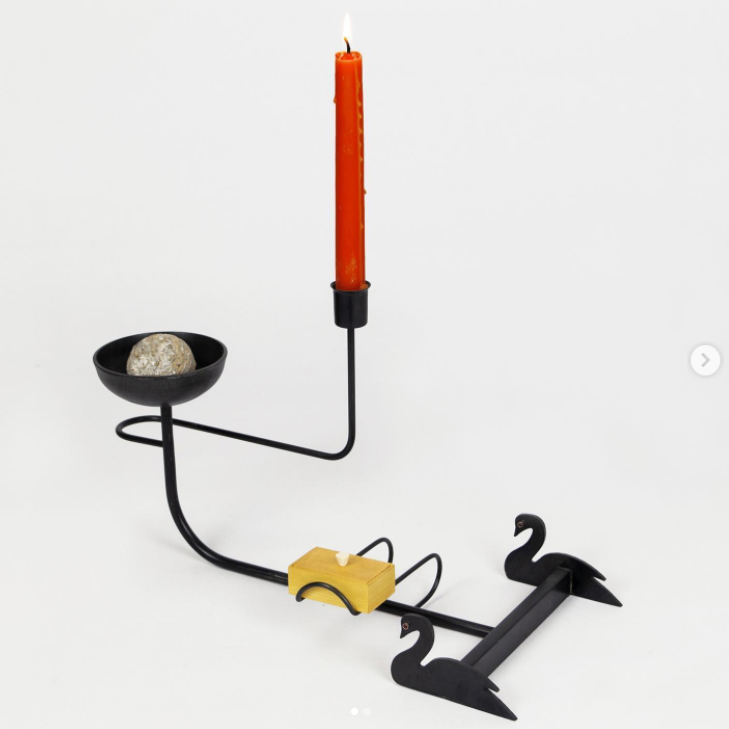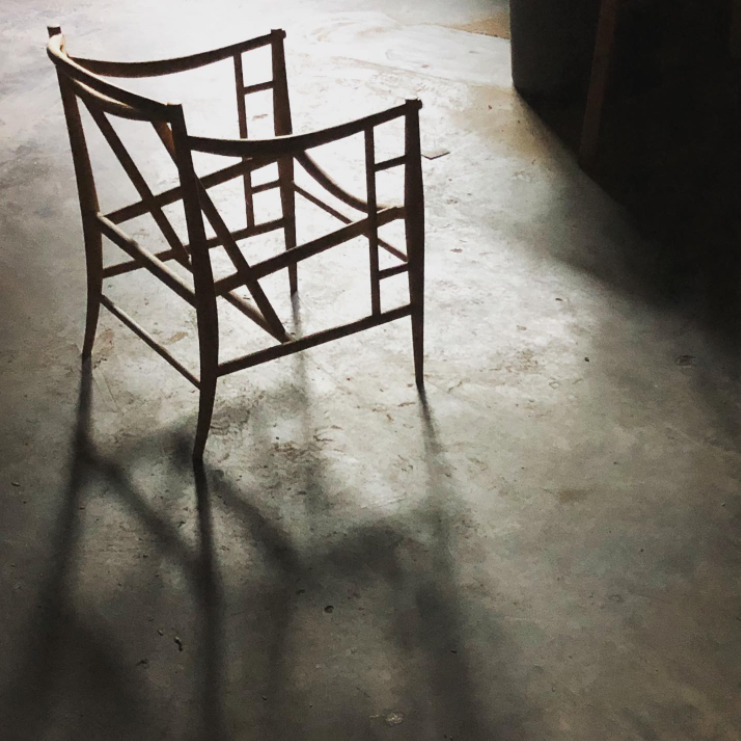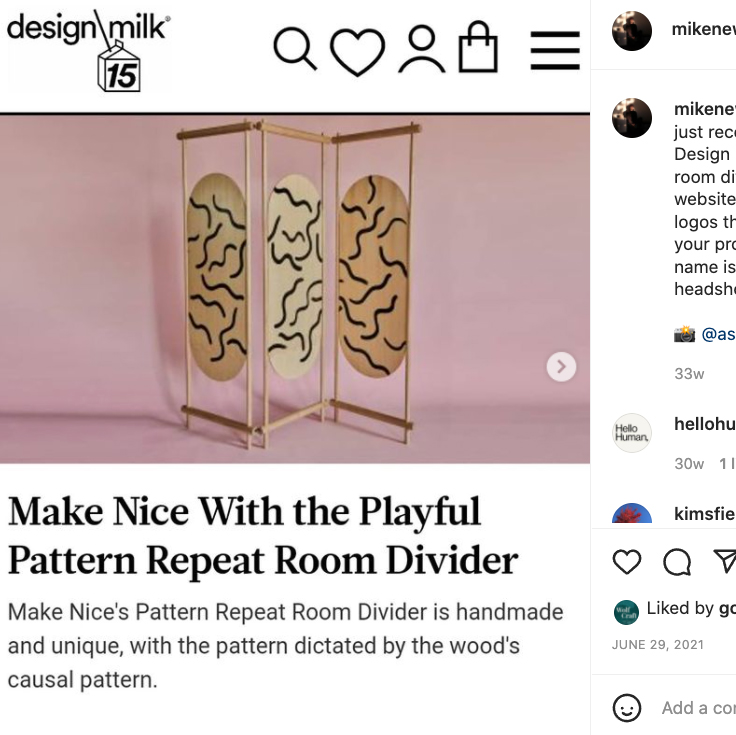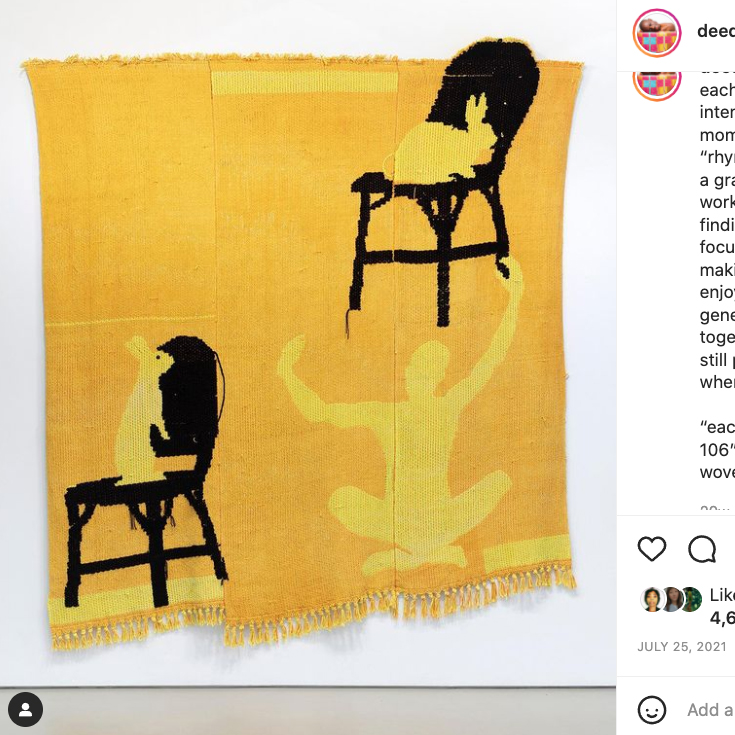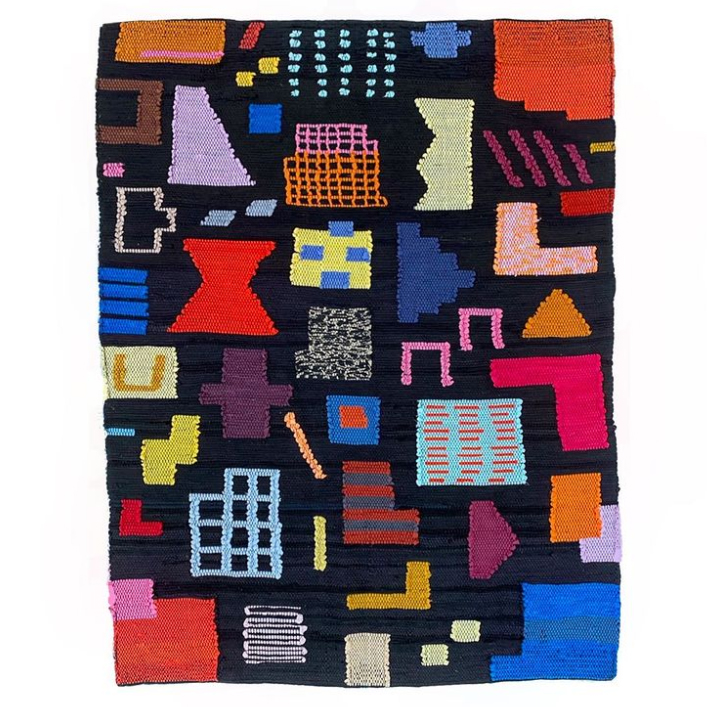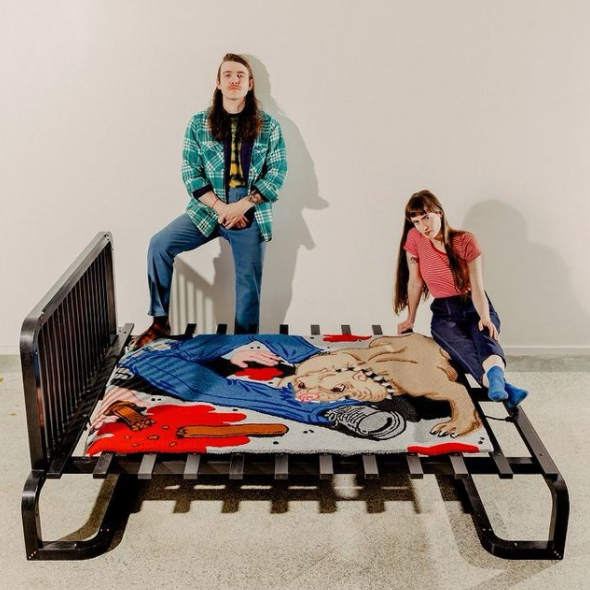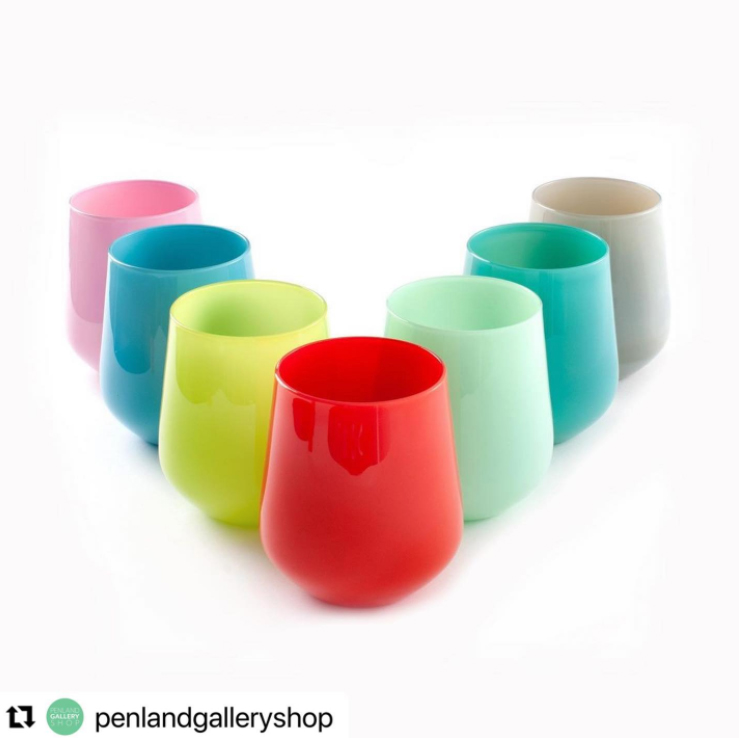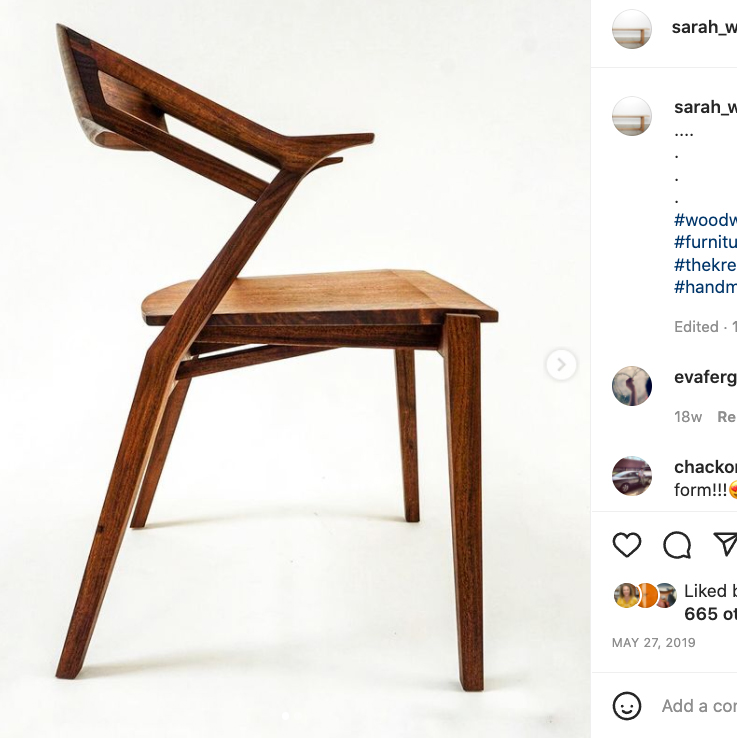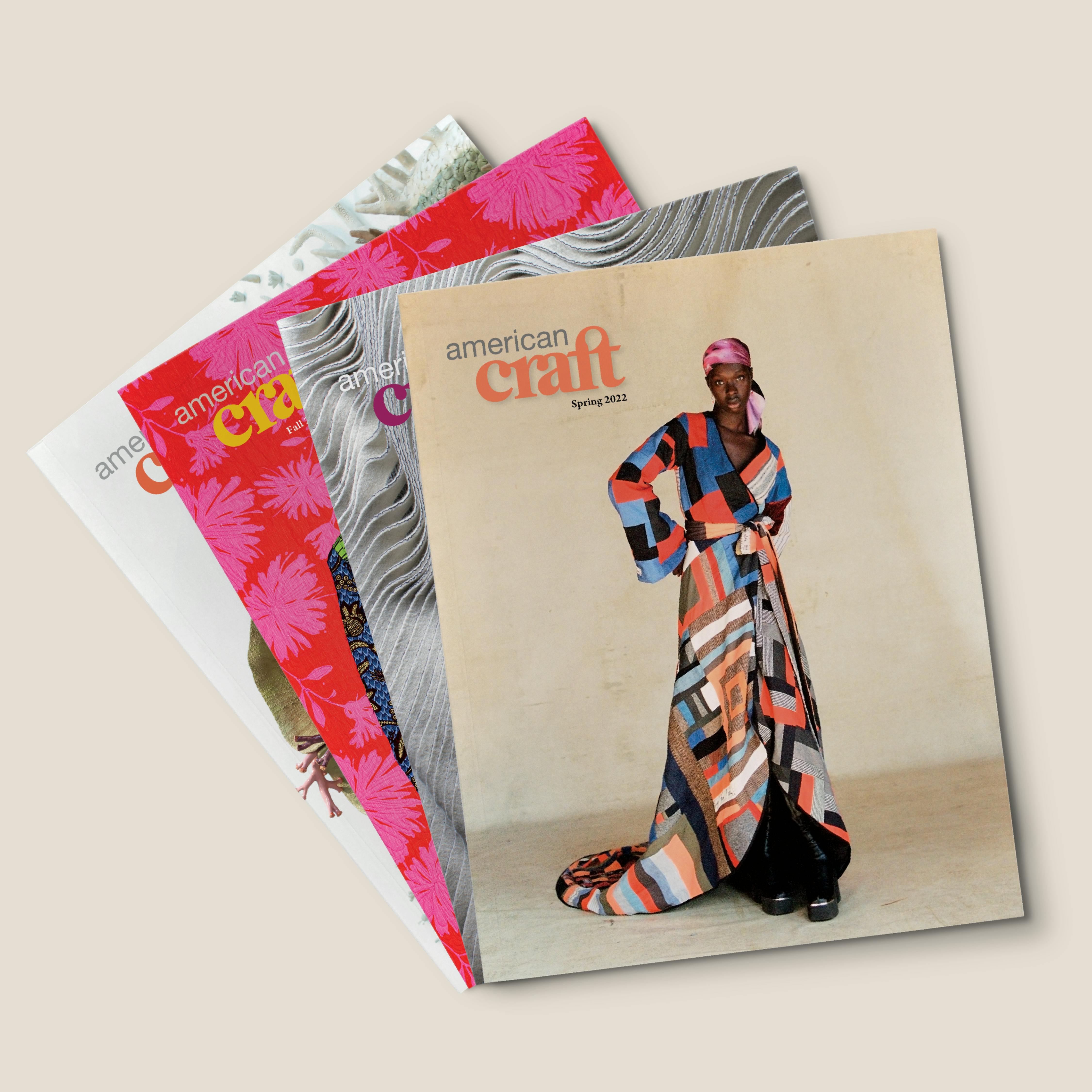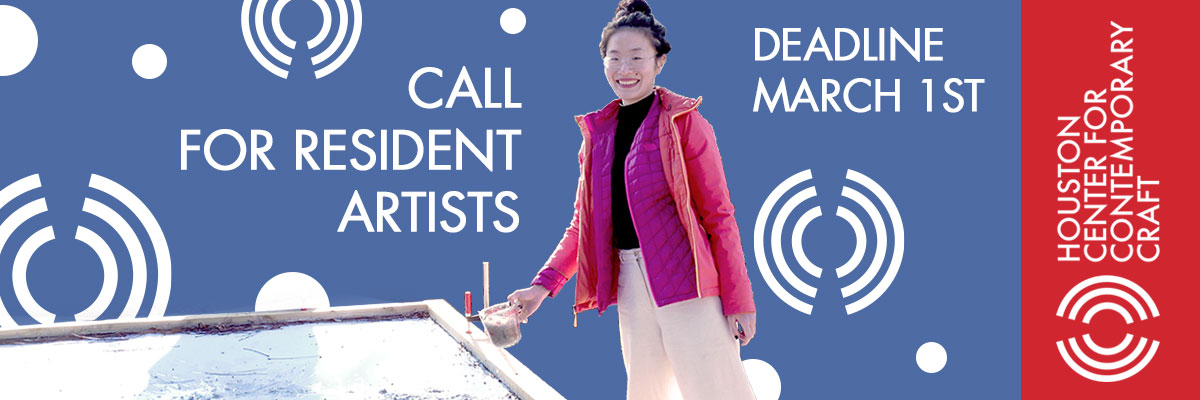The Queue: Aspen Golann
Get to know the people featured in the pages of our magazine as they share what's inspiring them right now.

A biweekly roundup for and by the craft community, The Queue introduces you to the artists, curators, organizers, and more featured in the current issue of American Craft. We invite these inspiring individuals to share personally about their lives and work as well as what's inspiring them right now.
Based in North Carolina, Aspen Golann is an artist and furniture maker blending early American furniture forms with sculpture and social practice. She's a featured maker in the Spring 2022 issue of American Craft and also exhibited in ACC's Atlanta/Southeast Craft Week in September 2021.
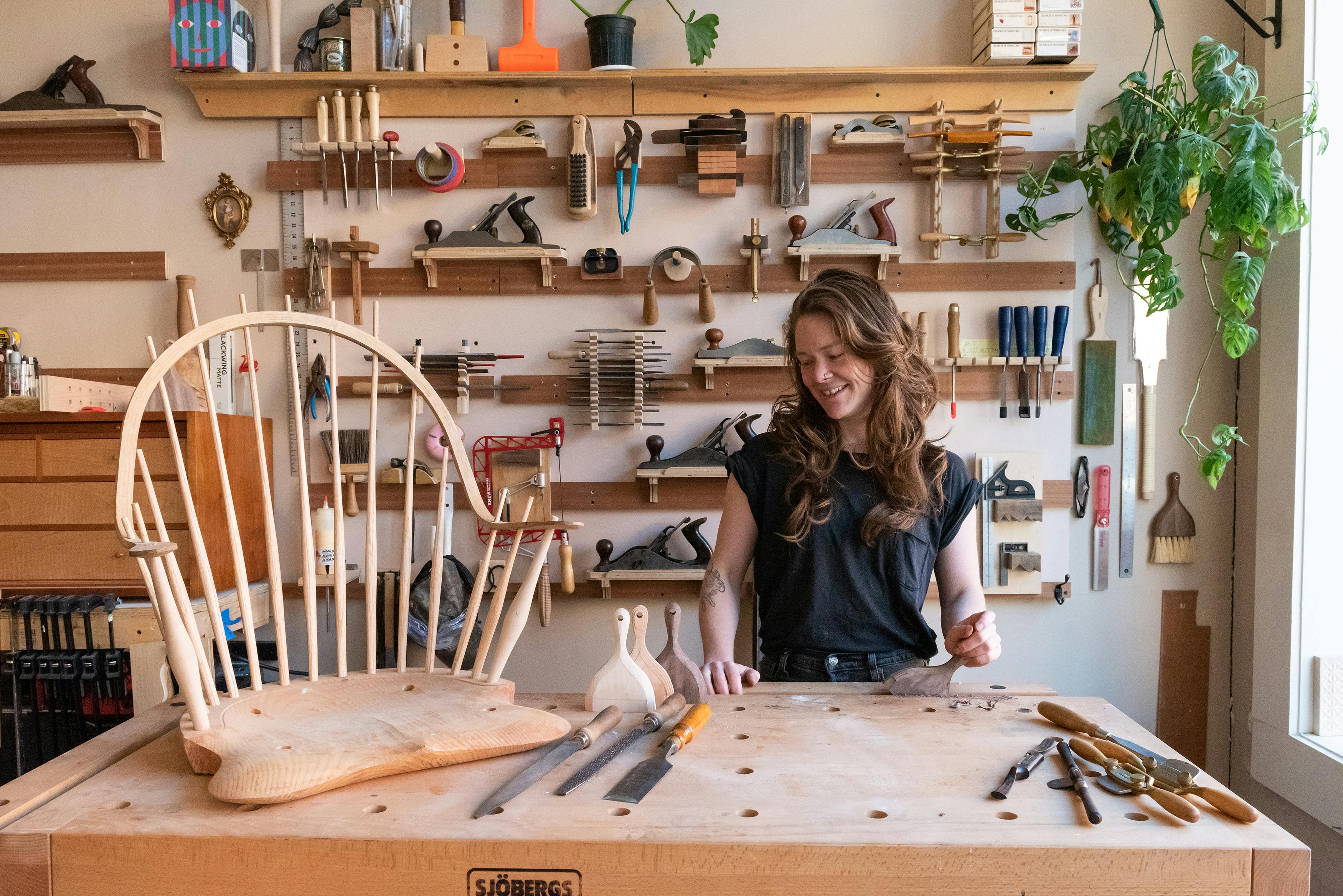
Photo courtesy of Loam Marketing.
How do you describe your work or practice?
I usually describe myself as a furniture maker, artist, and educator exploring gender and power through the manipulation of iconic American furniture forms. I was trained as a 17th-through-19th-century woodworker, and I try to engage the moral complexity of reproduction furniture by appropriating the aesthetics and antiquarian processes of early America to illustrate racial, gender, and social injustice endemic to the time. I use a lot of traditional processes like inlay, carving, enameling, and gilding to make furniture, brooms, brushes, and functional sculpture.
I also maintain an active teaching practice, and in 2020, with the help of the Mineck Fellowship, I founded The Chairmaker's Toolbox, a project that provides free tools, education, and mentorship for BIPOC, NGB, and female toolmakers seeking to build sustainable businesses.
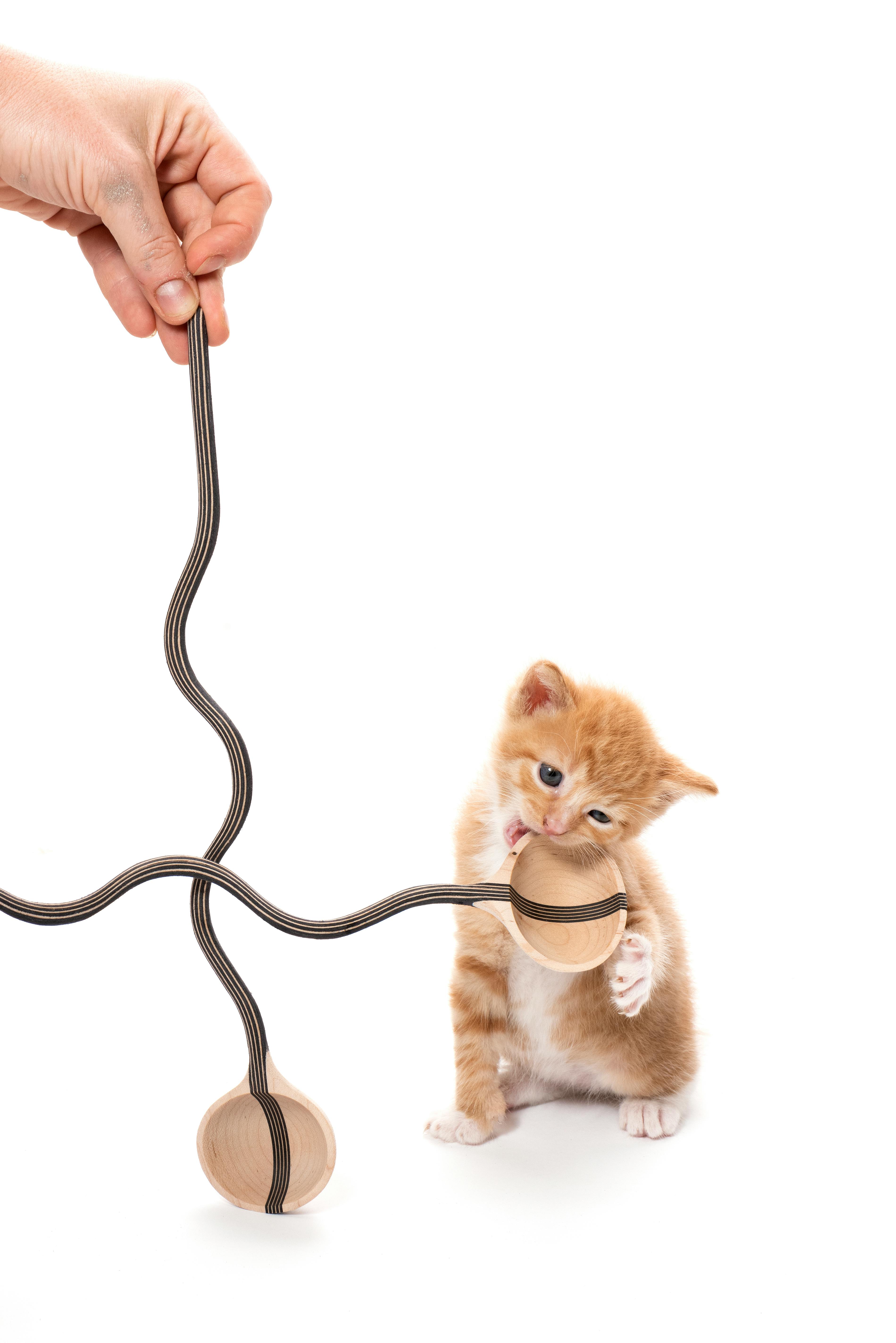
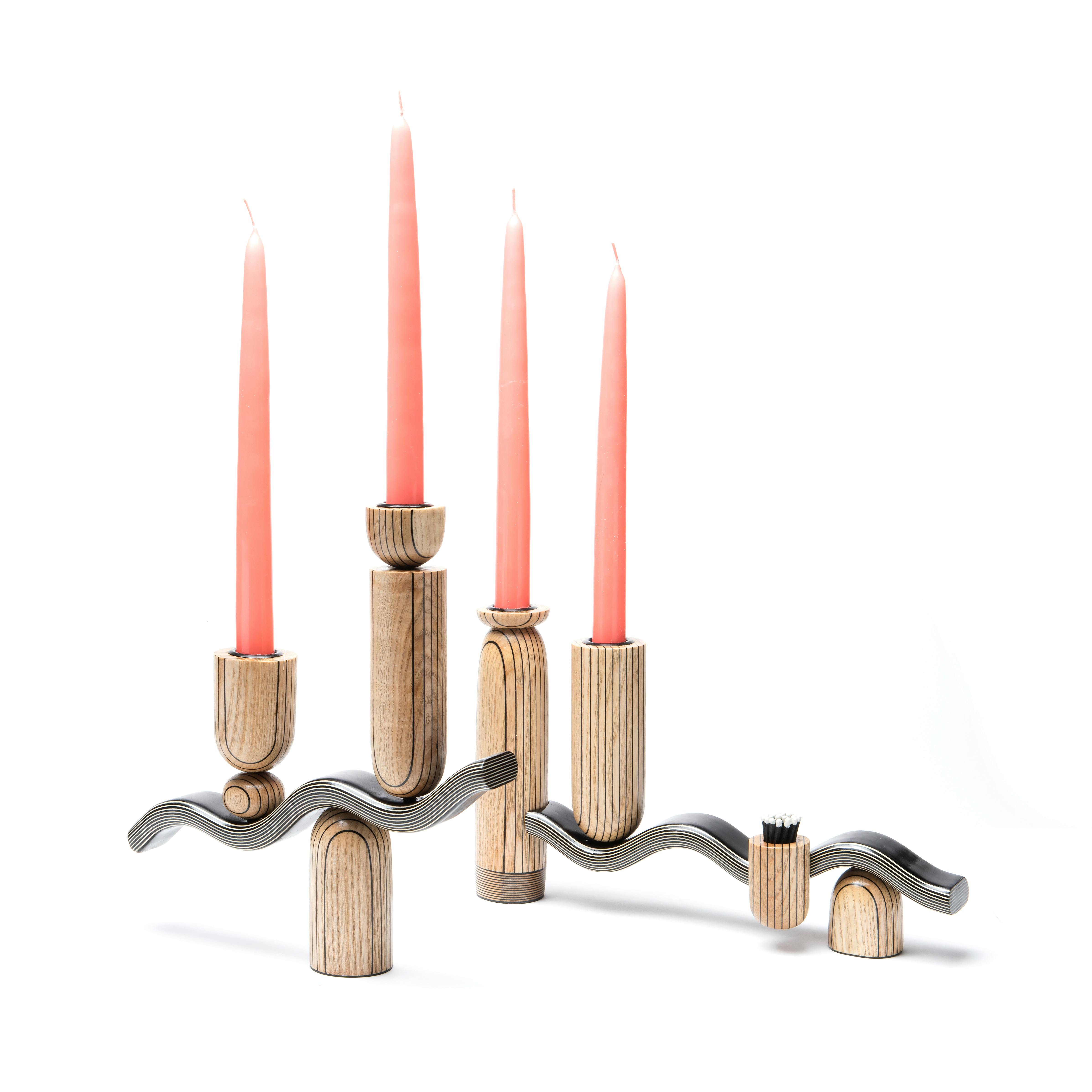
Photos courtesy of Loam Marketing.
The past 18+ months have presented many challenges, from a global pandemic to renewed urgency around issues of racial equity and police brutality. As we slowly move into a post-pandemic world, how are you finding beauty and staying grounded?
One of the things I started to do was make smaller work. I know that sounds strange, but I think that the pain and unrest of the last two years helped me give up on the idea that there’s a hierarchy of making. I began to see that big is not better than small, useful is not better than sculptural, utilitarian is not better than playful. I think these unspoken hierarchies have been affecting what I make and what I see as valuable for a long time. And I think that’s often problematic because, at least for me, the small, loose, and playful work often leads to big developments in larger scale pieces.
As mentioned above, I launched an equity project in 2020 called The Chairmaker’s Toolbox, which is a community effort to amplify existing talent in a diverse pool of tool and chairmakers. Together we developed a suite of excellent tools representing new and under-represented talent in the field of greenwood toolmaking. I also recognize that there is nothing moral or good about being traditionally productive in this time of violence, realization, and unrest, and I am simply grateful for the opportunity to reflect and to make space for big shifts.
The Chairmaker's Toolbox
thechairmakerstoolbox.com | @thechairmakerstoolbox
The Toolmakers:
- Eleanor Rose @off_artisan
(studley mallet) - Rachel Kedinger @rkedinger
(froe blade) - Mary Ellen Hitt @hittme
(froe handle) - Meghan Martin @meghanemartin
(drawknife) - Andrew Meers @mr.meers
(drawknife) - David Clemons @harperclemons
(spokeshave)
- Julia Kalthoff @kalthoffaxes
(axe) - Kelly Harris @kellyhappis
(tenon cutter) - Claire Minihan @cminihantravishers
(travisher)
The Tool Mentors:
- Peter Galbert @petergalbert
- Caleb James @calebjamesmaker
- Christopher Schwarz @lostartpress
The theme of the current issue of American Craft is "Fashion." Can you reflect on that theme as it relates to your work and practice?
I’ve always felt that my furniture practice is kind of a balancing act: one foot in the aesthetics and fashions of American furniture and another in contemporary craft. While I was learning to replicate classical woodworking styles of early America, I really began to think about the social context of the objects I made—and to ask myself the question, Can their beauty be disassociated with the racism, classism, and misogyny of their time?
My response is playful and surprising furniture that explores gender and power by manipulating iconic American decorative art forms. I use inlay, marquetry, glass enameling, and other traditional styles of image making to create contemporary pieces with some humor and classical flair.
My goal is work that celebrates and critiques the circumstances of its own invention, utilizing traditional styles without repeating their histories of domination and colonization but instead using them to share personal stories with tones of femininity, vulnerability, and dissent.
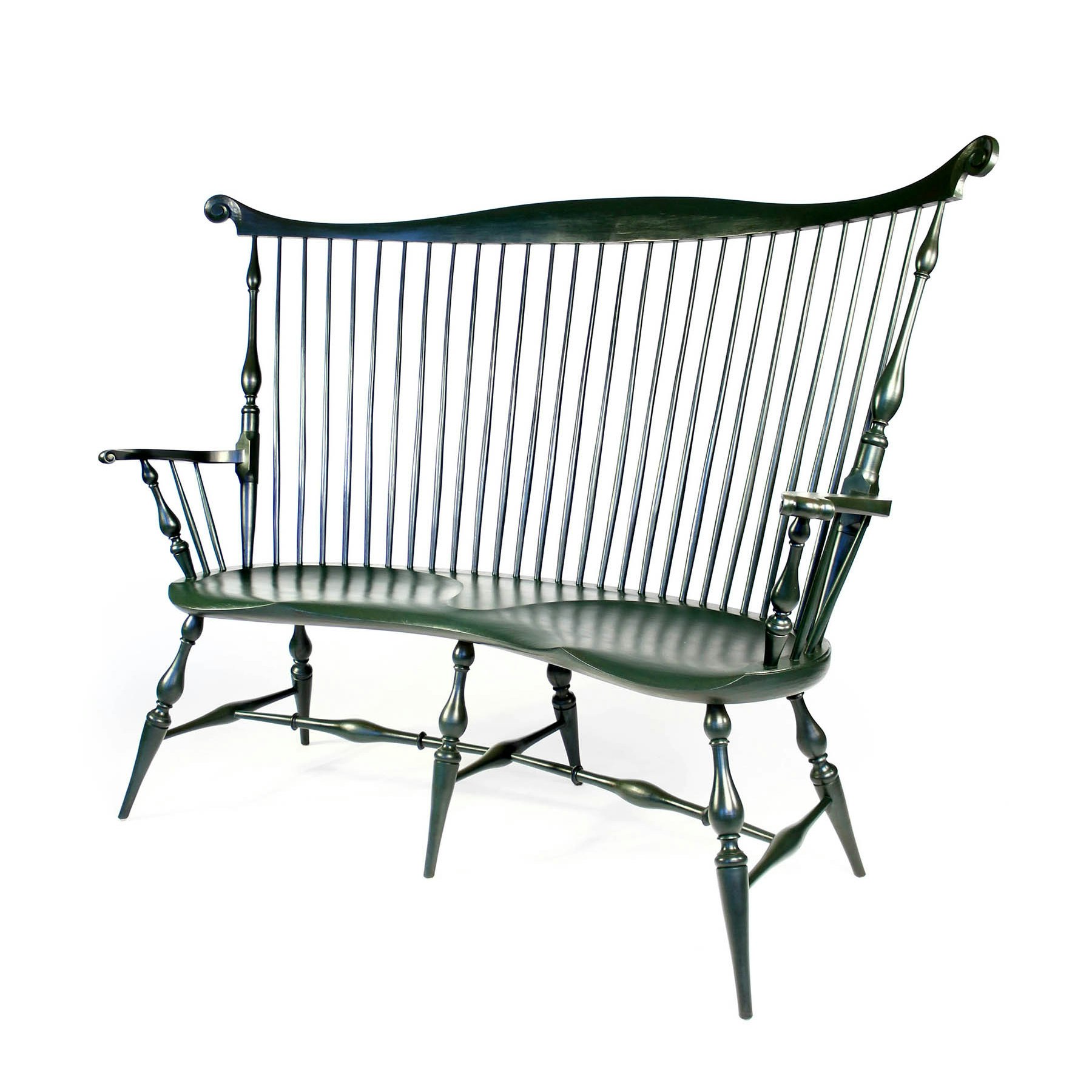
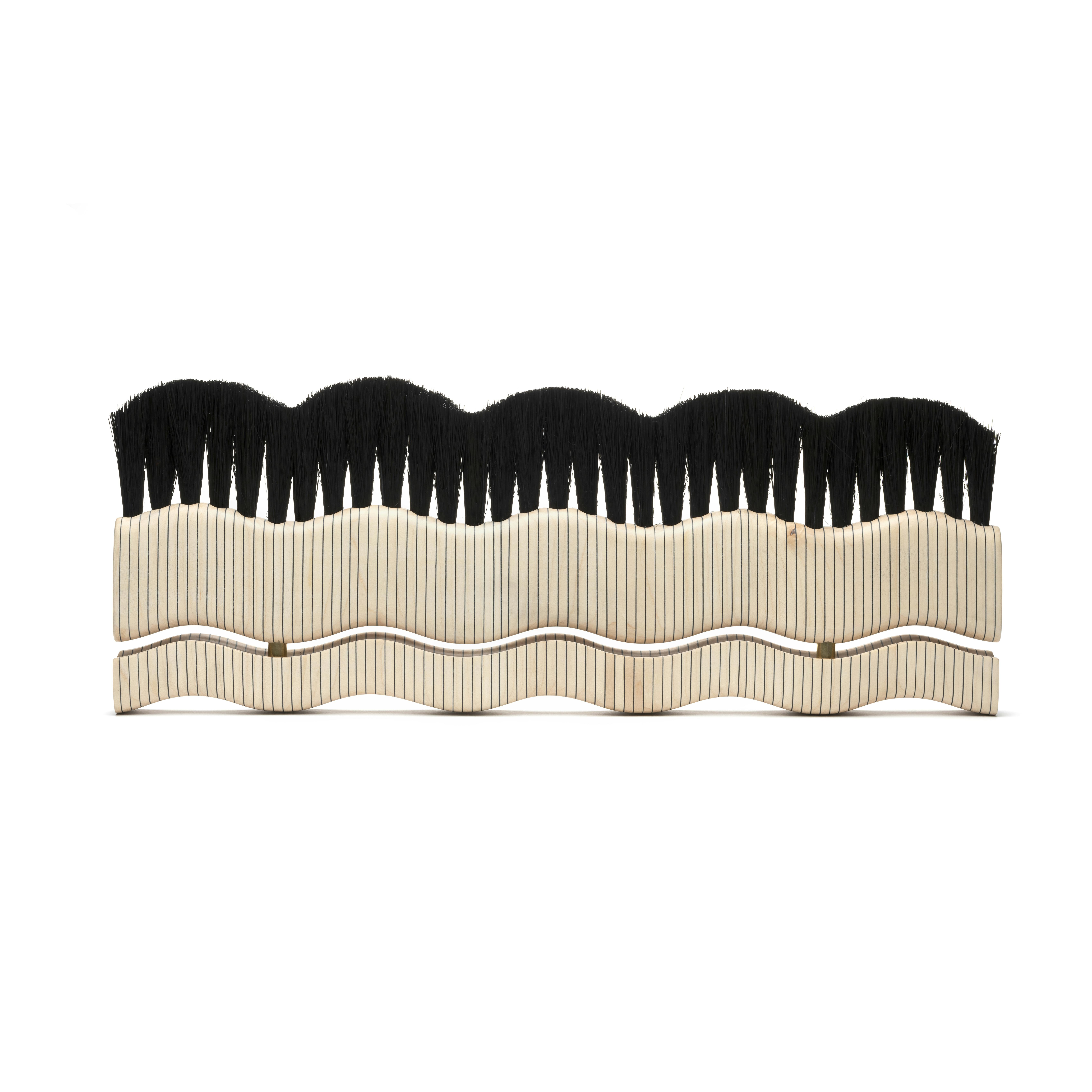
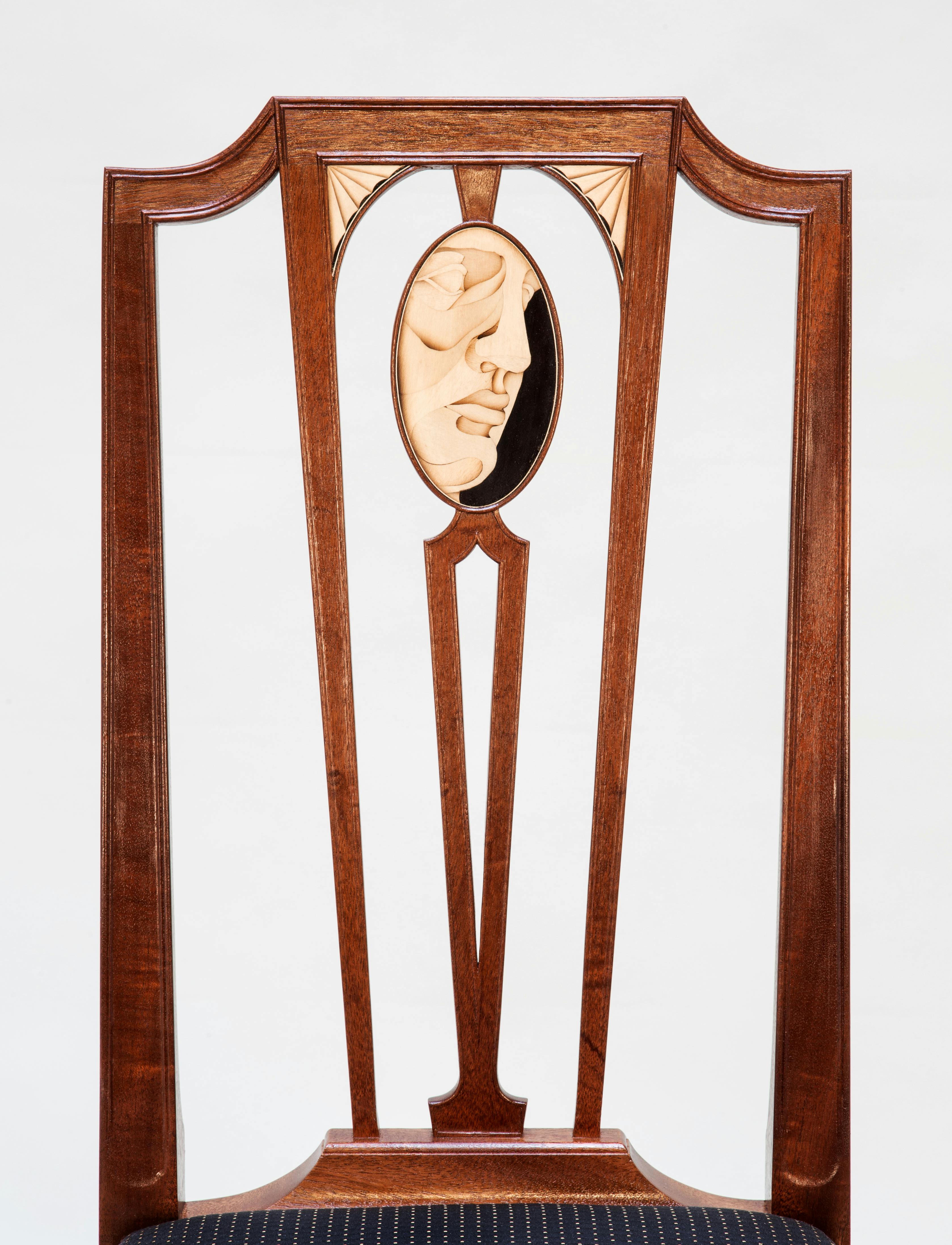
Chair photos courtesy of the artist. Brush photo courtesy of Loam Marketing.
What has been the biggest barrier you've had to break through to get to the place you’re at with your career?
It took me 30 years to realize that I wanted to do it in the first place! Like many women, I grew up in a world that assumed I had no interest in woodworking, and I really internalized the idea. It took me a long time to believe that woodworking was an actionable path for me—and to invest in a career that relies on my own curiosity and joy to generate value.
What research or writing are you doing, or seeing others do, that’s kinda cool, and why?
My friend Kelly Harris and I are going to Winterthur Museum this fall to do a critical craft fellowship on the social and physical history of the Windsor chair. Charlie Ryland (@charlie.ryland) and Robell Awake (@robellawake) will be chasing a similar greenwood chair thread with the support of the Center for Craft. Their project will “center the life, work, and contribution of Black and Indigenous makers through research, documentation, and object making." I can't wait to see it!
If you could purchase any craft artist's work for your home or studio, whose would it be and why?
If you're asking for my art crushes, I have many! I’d take a candelabra by Lesley Jackson, a reading chair by Evan Berding, a room divider by Mike Newins, and a weaving by Diedrick Brackens. Of course, I wouldn’t say no to a rug by Eleanor Anderson, a bed by Danny Rosa, cups by Courtney Dodd, and a set of dining chairs by Sarah Watlington. They all work with the “gothy-pilgrim-princess” aesthetic I’ve been told I have, haha.
Are you binge-watching anything right now?
Do YouTube videos about how everyday objects are made count? I can’t tell you how many videos I’ve watched about pencil making, broom making, brush making, brick making, wax seal carving, mirror pouring, tin punching, cake frosting, lining composition paper, floating sheet glass on tin baths...you get the idea. I love seeing materials become unrecognizable and then emerge into familiar forms.
Inspired by the people featured in The Queue?
Dive deeper into their work in the pages of American Craft magazine. Become a member of the American Craft Council to get a subscription and help fund a range of nonprofit programs that elevate the craft community.

